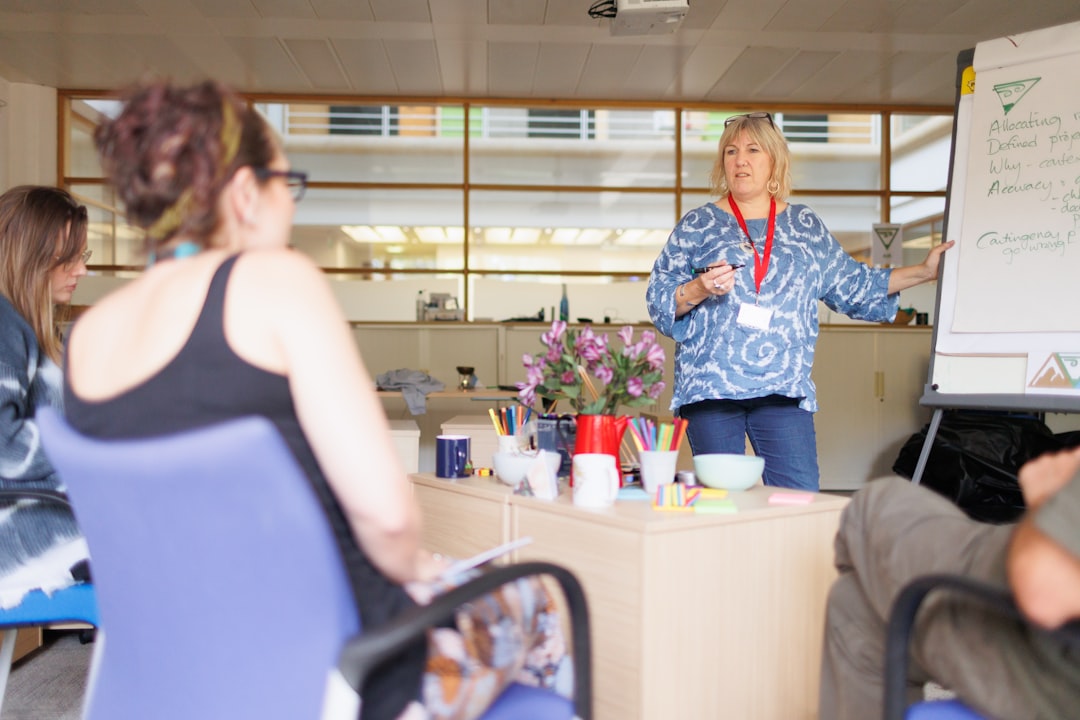Lecture vs. Practical
What's the Difference?
Lectures and practical sessions are both important components of education, but they serve different purposes. Lectures are typically used to deliver information and concepts to students in a structured format, often through verbal communication. On the other hand, practical sessions are hands-on activities that allow students to apply the knowledge they have gained in lectures to real-world situations. While lectures are important for building foundational knowledge, practical sessions help students develop critical thinking and problem-solving skills. Both lecture and practical sessions are essential for a well-rounded education.
Comparison

| Attribute | Lecture | Practical |
|---|---|---|
| Format | Usually involves a one-way communication from instructor to students | Hands-on learning with active participation |
| Duration | Typically longer in duration | Shorter in duration |
| Focus | Emphasis on theoretical concepts and knowledge dissemination | Emphasis on application of concepts and practical skills |
| Interaction | Less interactive, more lecture-based | Highly interactive, involving hands-on activities |
| Evaluation | Assessment through exams, quizzes, or assignments | Assessment through practical tests, demonstrations, or projects |

Further Detail
Introduction
When it comes to learning, two common methods used in educational settings are lectures and practical sessions. Both have their own unique attributes and benefits that cater to different learning styles and objectives. In this article, we will compare the attributes of lectures and practical sessions to help understand their differences and how they can complement each other in the learning process.
Content Delivery
Lectures are typically focused on content delivery through verbal communication. The instructor presents information to the students in a structured manner, often using visual aids such as slides or handouts to enhance understanding. On the other hand, practical sessions involve hands-on activities where students apply the knowledge they have gained in lectures. This allows for a more interactive and experiential learning experience.
Engagement
One of the key differences between lectures and practical sessions is the level of engagement they offer to students. Lectures are more passive in nature, with students listening to the instructor without much opportunity for interaction. In contrast, practical sessions encourage active participation and engagement as students work on tasks and projects, leading to a deeper understanding of the subject matter.
Retention of Information
Research has shown that students retain information better when they are actively involved in the learning process. Practical sessions provide a hands-on approach that helps students apply theoretical concepts in real-world scenarios, leading to better retention of information. On the other hand, lectures may be more effective for introducing new concepts and providing an overview of a topic.
Skill Development
While lectures are great for theoretical knowledge, practical sessions are essential for skill development. Through hands-on activities, students have the opportunity to practice and refine their skills, whether it be in a laboratory setting, a workshop, or a simulation exercise. This practical experience is invaluable for preparing students for real-world applications of their learning.
Collaboration and Communication
Practical sessions often involve group work and collaboration among students, fostering communication and teamwork skills. Students learn to work together, share ideas, and solve problems collectively, which are important skills in the workplace. Lectures, on the other hand, may not provide as many opportunities for collaboration, as they are typically more individual-focused.
Feedback and Assessment
Both lectures and practical sessions offer opportunities for feedback and assessment, but in different ways. In lectures, instructors may use quizzes, tests, or class participation to assess student understanding. Practical sessions, on the other hand, allow for more hands-on assessment through projects, experiments, or demonstrations. This type of assessment can provide a more comprehensive evaluation of student learning.
Conclusion
In conclusion, lectures and practical sessions each have their own unique attributes that cater to different aspects of the learning process. Lectures are effective for content delivery and introducing new concepts, while practical sessions are essential for hands-on learning, skill development, and collaboration. By combining both methods in a balanced approach, educators can create a well-rounded learning experience that caters to the diverse needs of students.
Comparisons may contain inaccurate information about people, places, or facts. Please report any issues.